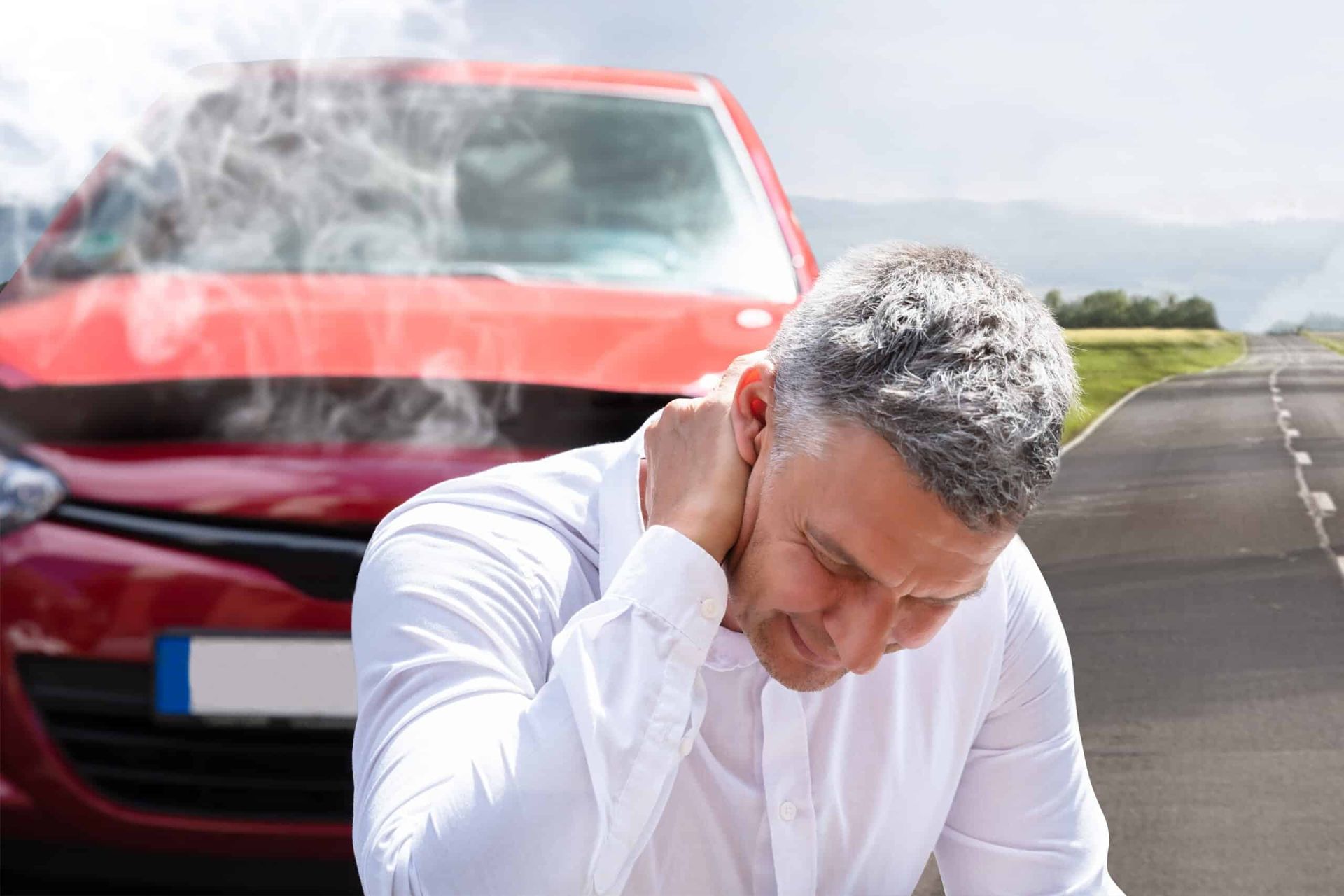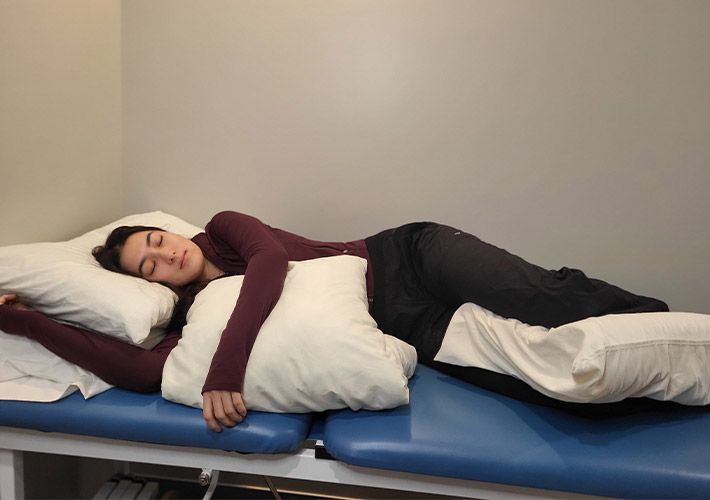6 Reasons to See a Chiropractor After a Car Accident

Experiencing a car accident can be a traumatic event, leaving individuals not only shaken but also facing a host of physical challenges. In the aftermath, many victims may overlook the importance of seeking professional help for their injuries. While some may believe that they are fine or can simply rest off their discomfort, the truth is that visiting a chiropractor after a car accident can be essential for long-term recovery. Here are six compelling reasons to prioritize car accident chiropractic care.
1. Immediate Assessment of Injuries
After a car accident, the body undergoes a significant amount of stress, which can lead to various injuries, some of which may not be immediately apparent. Chiropractors are trained to diagnose musculoskeletal injuries that may not show symptoms right away, such as whiplash, muscle strains, or joint misalignments. Our skilled practitioners conduct thorough evaluations to ensure that any underlying issues are identified early on. This immediate assessment is crucial in setting the foundation for a tailored treatment plan, ultimately helping you avoid potential long-term complications.
2. Relief from Pain and Discomfort
It’s common to experience pain following a car accident, even if you initially feel fine. This discomfort can stem from muscle tension, inflammation, or misalignment of the spine. Car accident chiropractic care focuses on restoring proper alignment and function, which can alleviate pain in the back, neck, shoulders, and other areas affected by the accident. Through a combination of spinal manipulations, massage therapy, and other modalities, our team can help you find relief from debilitating pain, allowing you to regain your quality of life.
3. Enhanced Recovery Process
Chiropractic treatment is not only about addressing existing injuries but also about promoting overall recovery. After a car accident, your body may be in a state of shock and healing. Chiropractors utilize specific techniques to improve blood flow and reduce inflammation, creating an optimal environment for healing. For instance, our medical massage therapy services complement chiropractic adjustments by relaxing muscles and further enhancing circulation. This holistic approach ensures that you heal more effectively, reducing the likelihood of chronic issues down the line.
4. Prevention of Long-Term Issues
One of the biggest risks after a car accident is the development of chronic pain or ongoing musculoskeletal issues. Many individuals walk away from an accident feeling fine, only to experience problems weeks or months later. Regular car accident chiropractic visits can help prevent these long-term complications by maintaining proper alignment and mobility. Our practitioners not only treat current injuries but also educate patients on how to care for their bodies post-accident, ensuring that they remain proactive about their health.
5. Non-Invasive Treatment Options
Unlike many medical treatments that may involve medications or invasive procedures, car accident chiropractic care offers a natural and non-invasive option for managing pain and injuries. This makes it an appealing choice for those who prefer to avoid drugs or surgery. We believe in leveraging the body’s innate ability to heal itself. Our treatment plans are designed to be as gentle as they are effective, utilizing methods like spinal adjustments, therapeutic massage, and rehabilitative exercises. This comprehensive approach not only treats the symptoms but also addresses the root causes of pain.
6. Support for Emotional Well-Being
The impact of a car accident goes beyond physical injuries; it can also affect one’s emotional and psychological well-being. The stress and trauma associated with such an event can lead to anxiety, depression, or post-traumatic stress disorder (PTSD). Car accident chiropractic care has been shown to positively influence mental health, as the relief from physical pain can lead to improved mood and a greater sense of overall wellness. At Peak Performance Chiropractic, we understand the importance of treating the whole person, which is why we strive to create a supportive environment that fosters not just physical healing but emotional recovery as well.
Visiting a chiropractor following a car accident is a proactive step toward ensuring your overall health and well-being. From immediate assessments to long-term recovery strategies, our team at Peak Performance Chiropractic is dedicated to providing high-quality care tailored to your individual needs. If you’ve been in a car accident, don’t wait for symptoms to manifest. Contact us today to schedule a consultation and take the first step toward reclaiming your health and mobility. Remember, your body deserves the best care possible, especially in the wake of trauma.
Frequently Asked Questions:
1. Why should I see a chiropractor after a car accident?
Even if you don’t feel pain immediately after a car accident, it’s important to see a chiropractor. Some injuries, like whiplash or muscle strains, may not show symptoms right away. Chiropractors are trained to assess musculoskeletal injuries and can help prevent long-term issues while improving your recovery process.
2. What kind of injuries can a chiropractor treat after a car accident?
Chiropractors can treat a variety of car accident injuries, including whiplash, neck and back pain, muscle strains, joint misalignments, and soft tissue injuries. Chiropractic care focuses on restoring alignment, reducing inflammation, and promoting overall healing.
3. How soon should I see a chiropractor after a car accident?
It’s best to see a chiropractor as soon as possible after a car accident, even if you feel fine. Early intervention helps identify injuries that may not show up immediately, preventing long-term complications and supporting your body’s healing process.
4. Is chiropractic care safe after a car accident?
Yes, chiropractic care is a safe and non-invasive treatment option for car accident injuries. Chiropractors use gentle methods, such as spinal adjustments, massage therapy, and rehabilitative exercises, to help alleviate pain and promote recovery without the use of medications or surgery.
5. Can chiropractic care help with pain relief after a car accident?
Absolutely. Chiropractors specialize in managing pain through spinal manipulations, therapeutic massage, and other techniques designed to restore proper alignment and function. Chiropractic care can provide significant relief from back, neck, and shoulder pain following an accident.
6. How does chiropractic care enhance the recovery process after a car accident?
Chiropractic care helps improve circulation, reduce inflammation, and promote overall healing. By restoring proper alignment and encouraging optimal blood flow, chiropractic treatment creates an environment conducive to faster recovery, reducing the risk of long-term issues.
7. Will chiropractic care prevent long-term issues from a car accident?
Yes, regular chiropractic visits can help prevent chronic pain and musculoskeletal issues that may develop months or years after an accident. Chiropractors can monitor your recovery, maintain proper alignment, and guide you on post-accident care to avoid future complications.
8. What other benefits does chiropractic care offer after a car accident?
In addition to pain relief and physical healing, chiropractic care can improve your emotional well-being. Relief from physical pain can lead to improved mood and a greater sense of overall wellness. Chiropractic care also helps reduce stress and anxiety, contributing to a more holistic recovery.
9. How long will it take to recover with chiropractic care after a car accident?
The length of recovery varies depending on the severity of your injuries and how well you respond to treatment. Some people experience relief after just a few visits, while others may need ongoing care to fully recover. Your chiropractor will work with you to develop a personalized treatment plan based on your specific needs.
10. Do I need a referral to see a chiropractor after a car accident?
In most cases, you don’t need a referral to see a chiropractor after a car accident. However, if you are seeking care through your insurance, it’s important to check your policy for any referral requirements. Your chiropractor can guide you through the process of scheduling an appointment and handling insurance details.












